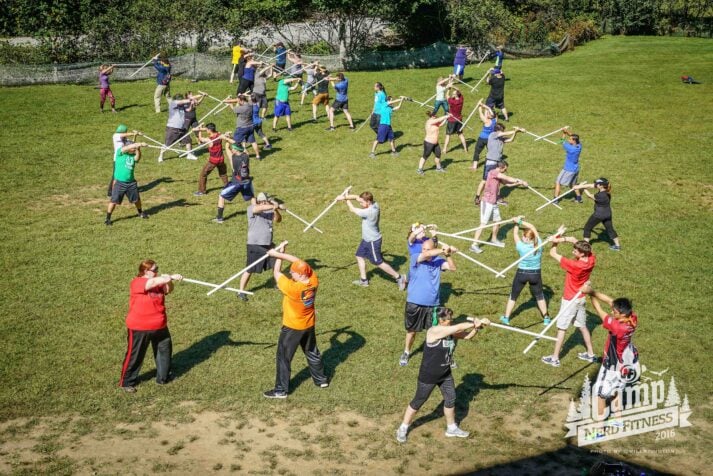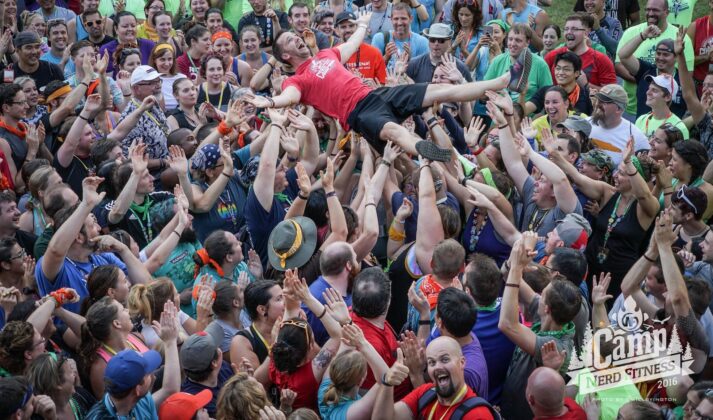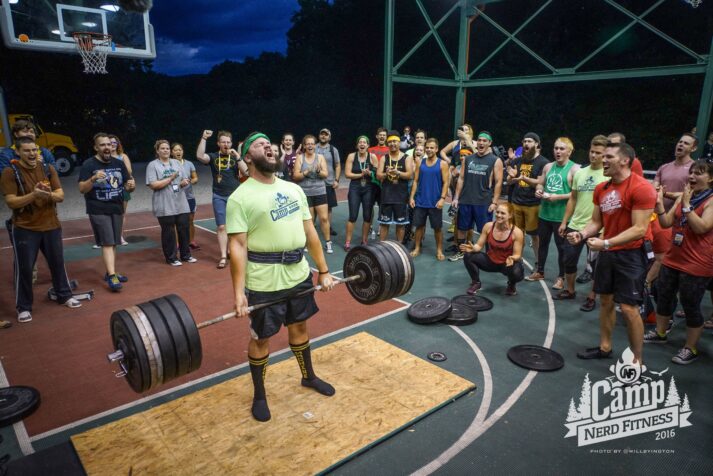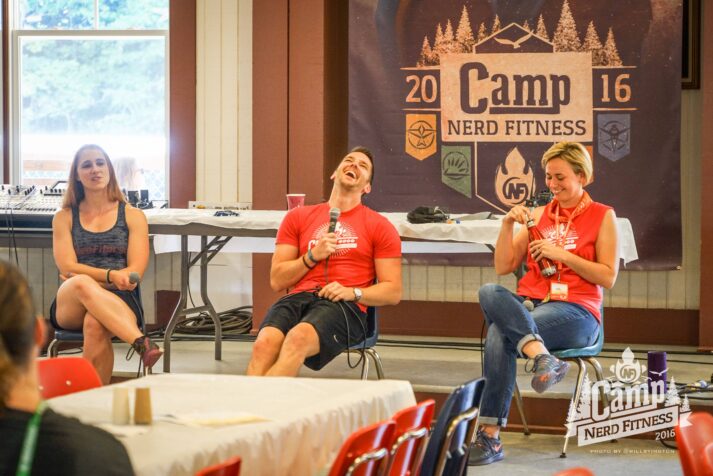http://www.marksdailyapple.com/
 For all the focus on hearts and arteries, brain tissue and muscle mass, we tend to neglect one critical part of the body with dramatic influence over how we fare in later decades. It’s little surprise really. Feet don’t exactly garner much attention, let alone media time. Yet, the stakes are big.
For all the focus on hearts and arteries, brain tissue and muscle mass, we tend to neglect one critical part of the body with dramatic influence over how we fare in later decades. It’s little surprise really. Feet don’t exactly garner much attention, let alone media time. Yet, the stakes are big.
For example, research shows that foot conditions like hallux vagus (HV, a common forefoot deformity in older people commonly referred to as “bunions”) was directly associated with marked decreases in quality of life. Foot pain, reduced foot function, lowered social capacity, and even degraded general health. That sort of thing.
But that’s just one foot condition, right? Yes…and no. The picture of averages looks rather bleak.
A clinical assessment of 166 Hong Kong hospital outpatients over the age of 65 found that 70% of those patients had some sort of foot condition. In the U.S., things aren’t much better. While surveys have shown extensive variability in reports of foot problems (anywhere between 30% and 95%), other research points to more dramatic prevalence of what I’d consider significant problems. Large-scale, random epidemiological studies aren’t available without confounding factors that muddy the waters. Still, one extensive European study found that 78% of people over 65 suffered from kind of diagnosed foot issue. Even at the most conservative of estimates, that means a minimum of one third of all Americans over 65 will have some form of debilitating foot disorder. And the worst part? Many of the studies discovered that only a small percentage of these people actually report or complain about their foot problems. Apparently, for them it’s just a fact of life.
But most of us here choose differently for ourselves. We prefer to challenge that fatalist “come what may” approach to aging. Feet shouldn’t be an exception. In fact, given the statistics, they might well be a smart priority.
Common Foot Conditions to Avoid
The human foot is an anatomical masterpiece. Each one is made up of 42 muscles, 26 bones, 33 joints, and over 50 ligaments and tendons. That’s more than a little impressive, but it also means that a lot that can go wrong…especially given their workload every day.
Gout
Gout targets the feet and particularly the big toe, causing intense pain and a whole lot of swelling. Unfortunately, many health care providers seem to take great pleasure in informing the Primal, paleo, or general whole food eater that their chances of gout have just skyrocketed on account of all those purines. Purines from organ meats, seafood and various other quintessentially Primal go-to’s.
I’ve talked about gout at length before, so there’s no need to delve back into it. Suffice to say that these kinds of “rich man’s” foods do elevate purines and therefore uric acid in the blood, but they’re also generally high in anti-inflammatory fatty acids. Research shows that systemic inflammation is a key catalyst for gout attacks, meaning high-quality Primal-friendly meats can actually reduce your risk of gout by lowering this causative inflammation. Hah!
I’d personally be more worried about fructose. In elevated doses from the likes of high fructose corn syrup and table sugar, fructose has been shown to promote excess uric acid production and prevent it’s excretion in urine. Alcoholic and smoking binges will have much the same effect.
Athlete’s Foot
As you’re probably well aware, athlete’s foot is the work of our good friend, fungus. Ideal conditions for this mildly repulsive affliction are the same as those for most fungi—warm, dark, moist environments. The same environment that you’re creating on your feet every time you slip on socks and shoes for the day… Look for signs of athlete’s foot between the toes or on the soles of the feet, indicated by inflamed skin or a white, scaly rash with a red undertone. Delicious.
And while most of us would file athlete’s foot under minor inconvenience, there’s sometimes more worth considering. The cause of athlete’s foot can morph from a fungal-derived condition at the early stages to a bacterial overgrowth-derived condition as the skin slowly but surely becomes more “macerated.” Athlete’s foot also has a strong association with cellulitis. Marathon runners have been identified as one of the most at-risk groups for developing athlete’s foot. (File it under obvious on account of having their feet shoved into hot, sweaty shoes for hours at a time.) Barefoot running, anyone?
Hammertoe
If your second, third, or fourth toe is crossed, bent in the middle of the toe joint, or just pointing at an odd angle, you may have a hammertoe. Hammertoes are the tip of the poor foot-health iceberg, and can pave the way for various other foot conditions. The number one cause of hammertoe? Ill-fitting shoes. This might seem straightforward, but, again, the picture gets more complicated than shoe design.
While adopting a Primal diet greatly diminishes your diabetes risk, it’s useful to know that people suffering from diabetes have a much higher likelihood of developing foot problems like hammertoe. In fact, of the 16 million or so Americans with diabetes, around a quarter of them will develop foot problems related to this disease. Pro-inflammatory cytokines, appear to play a role in the development of diabetic foot disorders like hammertoe. Diabetic neuropathy lowers one’s sensitivity to pain, meaning they’re more likely to develop foot-stressing gaits and wear ill-fitting shoes that can then lead to the development of hammertoe. Neurological conditions like Parkinson’s and Cerebral Palsy or any other health problem that distorts the gait can put you more at risk.
Bunions (Hallux vagus)
Got a weird-looking joint on your big toe that forces it to turn into your smaller toes? You’ve probably got a bunion. Research has time and again identified shoes as the leading cause of bunions. As one study observed, “hallux vagus (the condition I mentioned earlier) occurs almost exclusively in shoe-wearing societies.” (Grok is nodding here….)
The more constrained the shoe, like heels or pointed dress shoes, the higher the risk. Safety footwear has also been identified as a common harbinger of bunions.
Women and anyone who is flat-footed might take special notice.
Corns and calluses
An oddly visual yin and yang of the hardened skin world. Corns look slightly cone-shaped and point inwards, while calluses cover a larger area and are more convex in nature. If you’ve got hard areas of skin forming where certain foot pressure points are rubbing on your shoes, you’ve probably got a corn or callus forming.
Corns and calluses can be the result of stresses imposed by ill-fitting footwear, foot deformity (and the subsequent mechanical abnormalities), as well as high activity levels. Essentially, corns and calluses are your skin’s attempt to protect itself from excessive friction. And I think you know where that friction is coming from.
Plantar Fasciitis and Heel Spurs
Plantar fasciitis occurs when the connective tissue between the ball of your foot and the heel becomes inflamed. Coming from experience, it feels like a perpetual bruise on the bottom of your foot. Heel spurs are bony growths at the heel base that often develop after you’ve had plantar fasciitis.
I’ve actually had plantar fasciitis before, and I can confirm that it’s no fun at all. My theory is that it developed by repeated jumping and high-impact exercises performed on a hard surface with no shoes. It wasn’t the lack of shoes that was the problem, it was the hard surface – repeated slamming of the feet (and perhaps not enough landing on the balls of my feet) on that surface was bound to result in bruising, and hence plantar fasciitis, eventually. This didn’t go away until I ditched my nearly every shoe I owned and spent more time on grass and sand than hard surfaces.
Using Primal Approaches to Promote Foot Health
As much impact (oh, the puns…) as foot health can have on mobility and quality of life, it’s really rooted in the basics of Primal well-being. The more your feet can emulate those of Grok, the more robust they’ll likely end up being. As always, we modify for the necessities of our immediate environments. Wood chopping barefoot? Heavy weightlifting barefoot? Strolling the urban jungle barefoot? I’d be inclined to opt for the “shoed” option in those scenarios.
I’ve written at length about bare footing and minimalist shoes. In the past, I’ve highlighted research showing that societies that have largely forgone the whole shoe craze were completely free of all the modern foot conditions I discussed in the previous section. I’ve reflected on the ways shoes have become a part of our psyche, and why switching to a shoeless way of life can ensure continuing foot health into the future.
So what are you to do when faced with a compulsory shoe scenario? This is where our conventional practitioners’ advice may finally be of some use. Unsurprisingly, research shows that folks who switch to wider, higher, “box-toed” shoes reduce their risk. Research also indicates that those who wear constrained shoes like heels or pointed dress shoes are at the greatest risk of developing foot problems. The take-away from this is self explanatory, really – give your feet room to move within their compulsory housing. Avoid shoes that taper in towards the end, that have a low ceiling, and that don’t allow your toes some lateral and vertical wiggle room. Free range toes, as it were.
LIkewise, it’s important to keep feet both dry and supple. This might seem like a bit of a conundrum, but they don’t have to be mutually exclusive. As soon as you get home from work, ditch both the shoes and the socks. If you have access to sunshine, whether through an open window or (preferably) on a sun drenched lawn, get those feet in it!
The benefit of this will be two-fold: first, research has shown that light therapy, whereby concentrated UV irradiation is used to treat fungal infections of the skin and nails, is an effective form of treatment. That sunshine is essentially providing your own light therapy, albeit at lower concentrations than in the lab. Second, you’re re-activating the small muscles of your feet that have essentially been in hibernation since you donned your shoes that morning.
Once you’ve immersed your feet in some healing sunshine, or perhaps just thrust them out in the general direction of a fireplace or heater, you’ve essentially fulfilled the “dry” requirement. Next, lock in the moisture by applying a natural hydrating product like coconut or avocado oil. Both have the added benefit of being anti-fungal and antibacterial, killing two pathogenic birds with one stone. Moisturizing your feet in this way should help to prevent the development of hardened skin layers, which as we know can lead to nasties like bunions, corns and calluses.
And why not give your feet a little care and attention? Therapeutic massage can soften clenched muscles in the feet, reduce inflammation, and remove adhesions between muscles and fascia tissue. All of which means the likelihood of developing muscular or bone-related disorders of the foot are further reduced. Consider it justification for frequent indulgence. It’s just possible that massage therapy may also alleviate the symptoms of diabetic neuropathy, which can contribute to foot problems down the line. Post-oil application, use your knuckles and thumbs to knead the sole, arch and toe joints as you would a lump of (Primal) bread-dough. Mmmmm, dough.
On a side note, I know most people these days rip up any remaining carpet in their house and install hardwood floors, tiles, or even polished concrete. It may look sleek, but our feet weren’t designed to spend their days pounding perfectly flat, unforgiving surfaces. From an evolutionary perspective, this is a relatively recent development. Even post-Agricultural Revolution, most people would have lived in houses with either dirt floors or dirt floors covered in straw. I like the cleanliness of hard floors, but I keep plenty of rugs in the living areas and gel mats in the kitchen and workout room. If you have a standing workstation, consider it for there, too.
Beyond these simple daily steps, there are plenty of other pro-foot changes you can make:
- Gut dysbiosis has often been linked to a greater risk of toenail fungus and athlete’s foot. Ditch the antibiotics, up the probiotics, and ease up (big time) on the sugar intake.
- Up the anti-inflammatory ante. As I discussed earlier, foods that are high in omega-3s and low in omega-6s can help to reduce your risk of gout, but they can also reduce your risk of developing the likes of plantar fasciitis and any number of other arthritis-derived foot conditions.
- Stretch those feet! Studies have shown that stretching is one of the most effective forms of both prevention and treatment for many muscular and tissue-based foot conditions.
- Ample low level, low impact activity (e.g. biking, walking, swimming) can keep foot muscles and tendons in good shape, too.
- If you’re suffering from recurrent fungal foot attacks, consider investing in a strong topical anti-microbial like tea tree oil. And apparently marigold therapy shows some promise for natural treatment of bunions, warts, and even plantar fasciitis. It’s not a sure thing, but it might be worth considering.
Thanks for reading, everybody. Have you dealt with any of the above issues? Have you found any particular Primal-friendly steps to be effective? Share your solutions (or questions) in the comment section. Take care.
The post The Plight of the Modern Foot: Conditions that Plague Us—and How to Avoid Them appeared first on Mark’s Daily Apple.













 For now classes are 6pm and 640pm at 2840 Wildwood st in the Boise Cloggers studio.
Book your class NOW!
click this ==>
For now classes are 6pm and 640pm at 2840 Wildwood st in the Boise Cloggers studio.
Book your class NOW!
click this ==>








